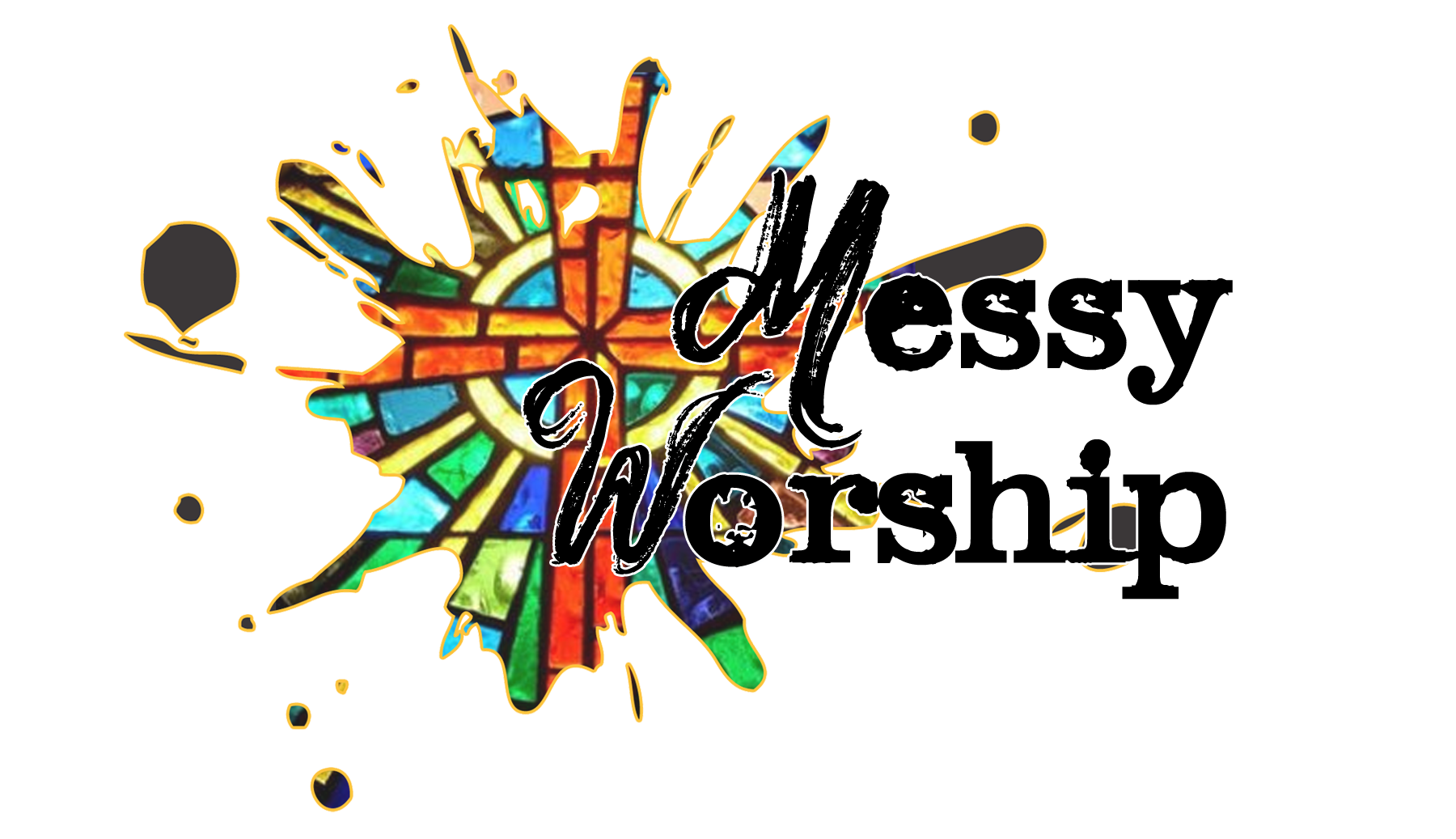If you’ve never read Leviticus, today’s Messy Worship is a bit of a spoiler. But, don’t worry – I’ll only spoil the first three chapters.
Leviticus starts off with a verrrrrrrrry thorough how-to guide on the basics of the different types of offerings that the Israelites would bring to God. As I started to read and the descriptions got more and more specific, I noticed I was having a pretty strong reaction to these worship guidelines. It went something like this
- Bible: “The priest will take the bird to the altar, twist off its head, and burn the head on the altar. He must then let its blood drain out against the sides of the altar.” (Leviticus 1:15)
- Me: “YIKES…” (Long pause.) “This sounds barbaric and a little disturbing… not reverent… how is this worship?!”
- Bible: “When you present some kind of baked bread as a grain offering, it must be made of choice flour mixed with olive oil but without any yeast. It may be presented in the form of cakes mixed with olive oil or wafers spread with olive oil. If your grain offering is cooked on a griddle, it must be made of choice flour and olive oil, and it must contain no yeast.” (Leviticus 2:4-5)
- Me: “Honestly – this just sounds straight up wasteful. And crazy. I can’t even begin to imagine going through all the work of making a loaf of bread or a cake or cookie or pancake – whatever they made on griddles – just to then take it to the temple to burn it up. Well, at least Aaron and his sons got to eat part of it…”
- Bible: (Commentary notes on Leviticus 3) “A person gave a peace offering as an expression of gratitude and a means of establishing fellowship between himself and God. Because it symbolized peace with God, part of the offering could be eaten by the person presenting it.”
- Me: “Wow! That’s really cool. A peace offering involved eating together with God.”
In short – it really made me re-think what worship is about. These old testament methods, which Jesus’ death and resurrection made no longer necessary, each represent something very true and very powerful about the WHY and HOW of true worship:
- Sin IS barbaric. The punishment that Jesus took on my behalf was BEYOND barbaric. True worship makes room to acknowledge the terrible consequences that my sins have caused and sincerely ask for forgiveness.
- Grace itself is wasteful. Think about it – God forgives us over and over and over (and over…) again even while knowing that he’ll need to do it again in just a moment. True worship is genuinely and freely being gratefully “wasteful” right back to God. True, sacrificial worship is giving the brightest, best and biggest of myself to him joyfully.
- God wants us to live in peace with him. He wants us to sit at HIS table and eat a family dinner with him. True worship is wanting that, too, and carving out time to intentionally spend with him.
The next time I’m taking communion, I want to be mindful of these things. The next time I’m mapping out my financial giving plan (or weighing how much of my time/talent to share with someone in need) I want to remember these verses. The next time I’m tempted to treat my 1:1 Bible reading time as “not important” or put it off until later in the day, I want to remember that God has a table place set for me right now.
What about you? What Bible verses get your heart in worship mode?
Prayer: Dear God, sometimes I’m tempted to give you less than my all. I’m sorry for being selfish and forgetting how great the sacrifice was that you gave for me. Please soften my heart and keep my thoughts focused on worshipping you with my whole heart. Amen.
Photo by DAVID NIETO on Unsplash








In education, as we update the status quo, we constantly fight the idea that surfaces “so you’re saying I’m doing it wrong?” This reminds me of that. Nope, not wrong, best you could do with the knowledge you had. But look! We’ve learned something new! And we need to update to reflect this new learning.
I love that connection!!! Thanks, Danny!